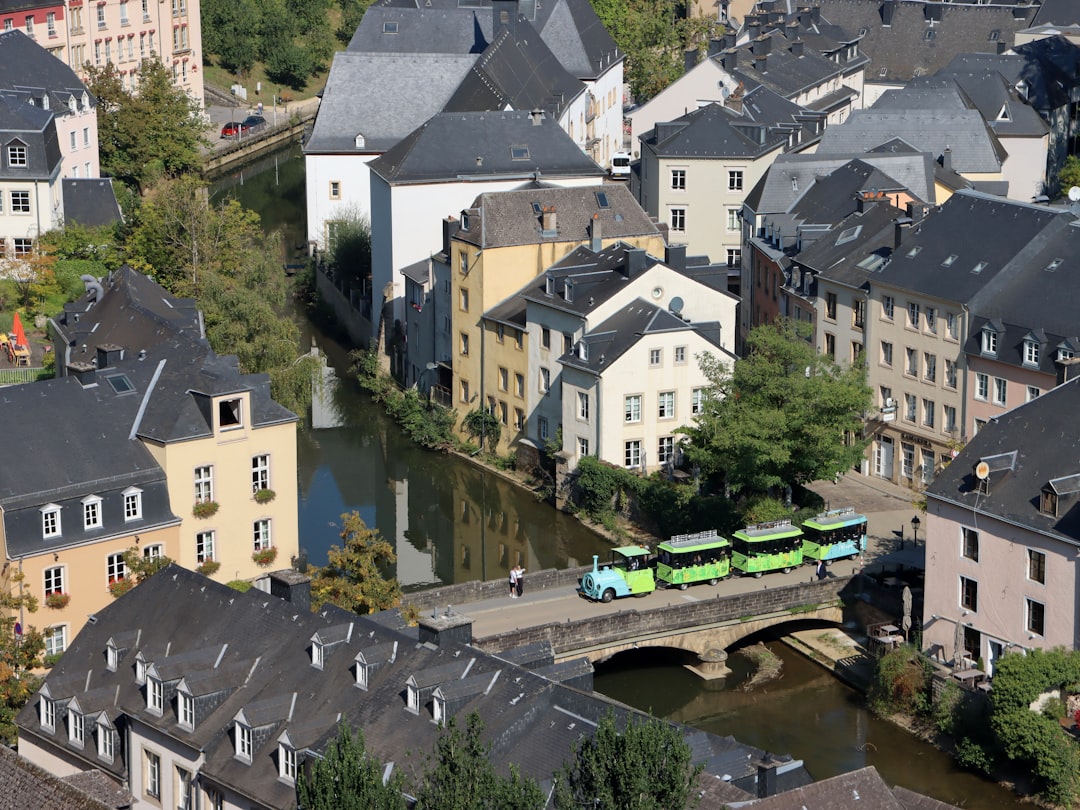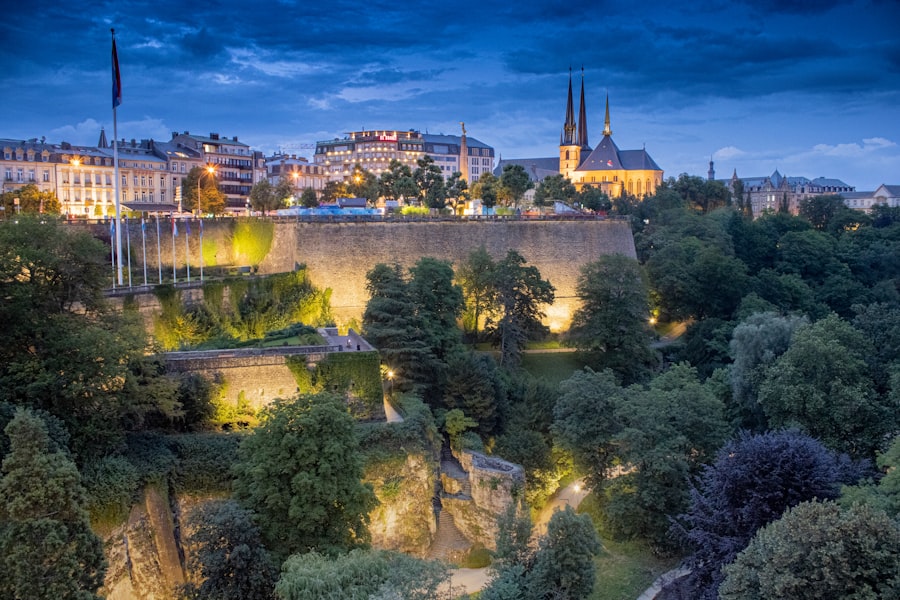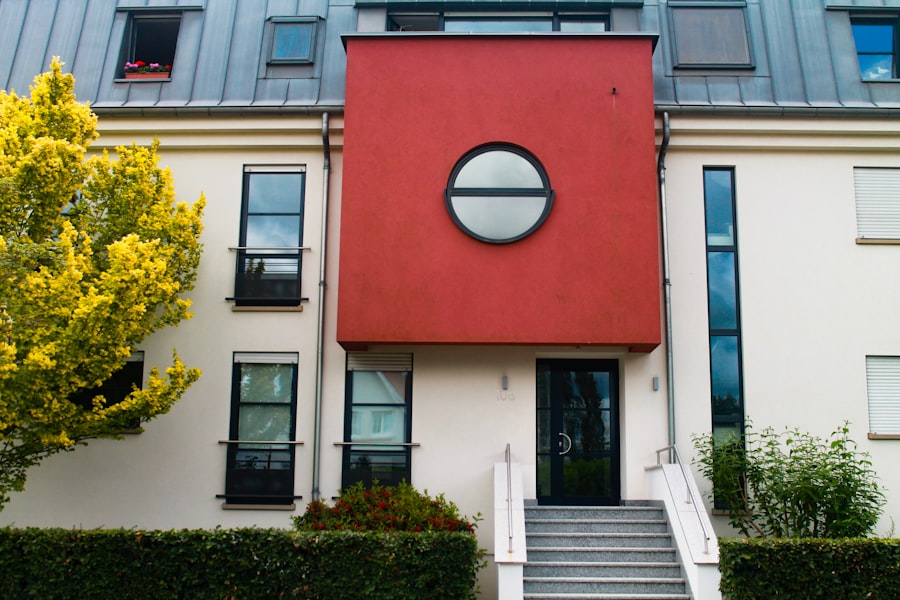
Nestled in the heart of Western Europe, Luxembourg is a small yet remarkably vibrant country that often flies under the radar for many travelers. Despite its diminutive size—covering just over 2,586 square kilometers—Luxembourg boasts a rich tapestry of history, culture, and natural beauty. Bordered by Belgium to the west and north, Germany to the east, and France to the south, this landlocked nation serves as a crossroads of European culture and politics.
Its capital, Luxembourg City, is not only the administrative center of the Grand Duchy but also a UNESCO World Heritage site, recognized for its stunning fortifications and picturesque old town. Luxembourg’s unique position in Europe has shaped its identity over centuries. The country is a melting pot of languages and cultures, with Luxembourgish, French, and German all playing significant roles in daily life.
This linguistic diversity reflects the nation’s historical influences and its role as a hub for international diplomacy and finance. As one of the founding members of the European Union, NATO, and the Benelux Union, Luxembourg has established itself as a key player on the global stage while maintaining its distinct cultural heritage. Visitors to this charming country will find a blend of modernity and tradition that is both captivating and enriching.
Key Takeaways
- Luxembourg is a small European country known for its rich history, diverse culture, and stunning natural landscapes.
- The country has a fascinating history, with influences from various European powers and a unique blend of French, German, and Luxembourgish cultures.
- Must-visit places in Luxembourg include the historic Old Town, the impressive Bock Casemates, and the picturesque Moselle Valley.
- Visitors to Luxembourg can explore its beautiful natural sights, such as the Mullerthal Trail, the Ardennes region, and the stunning vineyards along the Moselle River.
- Luxembourg offers a delicious culinary experience, with local specialties like Judd mat Gaardebounen (smoked pork with broad beans) and Riesling wine from the Moselle region. When visiting, be sure to take advantage of the efficient public transportation system and be mindful of the country’s multilingualism.
Historical and Cultural Facts
The history of Luxembourg is marked by its strategic location and the various powers that have sought to control it over the centuries. Originally settled by the Romans, the area became a significant fortress in the Middle Ages due to its elevated position. The establishment of Luxembourg City in 963 AD by Count Siegfried marked the beginning of its development as a fortified stronghold.
Over the years, it changed hands multiple times among various European powers, including the Burgundians, Spanish, French, and Prussians. Each of these influences has left an indelible mark on the country’s architecture, language, and cultural practices. Luxembourg’s cultural landscape is equally rich, with a vibrant arts scene that includes music, theater, and visual arts.
The Grand Duchy is home to numerous festivals celebrating its diverse heritage, such as the National Day festivities held on June 23rd, which commemorate the birthday of Grand Duke Henri. Additionally, the country’s commitment to preserving its history is evident in its many museums and galleries. The National Museum of History and Art showcases artifacts from Luxembourg’s past, while contemporary art spaces like the Mudam (Museum of Modern Art) highlight the nation’s forward-thinking artistic endeavors.
This blend of historical reverence and modern creativity makes Luxembourg a fascinating destination for culture enthusiasts.
Must-Visit Places in Luxembourg

When exploring Luxembourg, several must-visit locations stand out for their historical significance and breathtaking beauty. One of the most iconic sites is the Bock Casemates, an extensive network of underground tunnels that were originally constructed in the 17th century as part of the city’s fortifications. These casemates offer visitors a glimpse into Luxembourg’s military history while providing stunning views of the surrounding landscape from various vantage points.
Walking through these tunnels is akin to stepping back in time, as they echo with stories of sieges and defenses that shaped the nation. Another essential stop is the Grand Ducal Palace, located in the heart of Luxembourg City. This stunning building serves as the official residence of the Grand Duke and is an architectural marvel that combines Gothic and Renaissance styles.
Visitors can take guided tours during the summer months to learn about the palace’s history and its role in contemporary Luxembourgish politics. Nearby, Place Guillaume II hosts a lively market where locals gather to buy fresh produce and artisanal goods, providing an authentic taste of daily life in Luxembourg. For those interested in medieval history, Vianden Castle is an absolute must-see.
Perched on a hilltop overlooking the picturesque town of Vianden, this castle dates back to the 10th century and has been meticulously restored to reflect its former glory. The castle offers guided tours that delve into its storied past while providing panoramic views of the surrounding countryside. The charming town itself is worth exploring, with its narrow streets lined with quaint shops and cafes that invite visitors to linger.
Natural Sights and Landscapes
| Location | Attraction | Visitors per year |
|---|---|---|
| Grand Canyon, USA | Canyon | 6 million |
| Great Barrier Reef, Australia | Coral reef | 2 million |
| Milford Sound, New Zealand | Fjord | 1 million |
| Matterhorn, Switzerland | Mountain | 500,000 |
Luxembourg’s natural beauty is often overshadowed by its urban attractions, yet it offers a wealth of stunning landscapes that are perfect for outdoor enthusiasts. The Mullerthal Region, often referred to as “Little Switzerland,” is renowned for its dramatic rock formations, lush forests, and picturesque hiking trails. The Mullerthal Trail spans over 112 kilometers and features diverse terrain that ranges from serene woodlands to rugged cliffs.
Hikers can immerse themselves in nature while discovering hidden waterfalls and unique rock formations along the way. Another remarkable natural site is the Ardennes region in northern Luxembourg, characterized by rolling hills, dense forests, and charming villages. This area is ideal for hiking, cycling, and even kayaking along the Sûre River.
The town of Clervaux is particularly noteworthy for its stunning castle and beautiful surroundings. The region also hosts several nature reserves that protect local wildlife and plant species, making it a haven for nature lovers seeking tranquility away from urban life.
This picturesque region is famous for its vineyards that produce some of Luxembourg’s finest wines, particularly white wines made from the Riesling grape. Visitors can take leisurely strolls along the riverbanks or embark on wine-tasting tours at local wineries to experience the rich flavors of Luxembourg’s viticulture. The scenic beauty of this area is complemented by charming villages like Remich and Grevenmacher, where visitors can enjoy local cuisine while soaking in breathtaking views of the Moselle River.
Culinary Delights and Local Cuisine
Luxembourg’s culinary scene reflects its multicultural heritage, offering a delightful array of flavors that blend French, German, and Belgian influences. One of the most iconic dishes is “Judd mat Gaardebounen,” which consists of smoked pork collar served with broad beans—a hearty meal that showcases traditional Luxembourgish cooking methods. This dish is often enjoyed during festive occasions and family gatherings, highlighting its significance in local culture.
Another popular delicacy is “Gromperekichelcher,” which are deep-fried potato cakes seasoned with onions and herbs. These savory treats are commonly found at local markets and festivals, making them a beloved street food option for both locals and visitors alike. Pairing these dishes with a glass of local wine or beer enhances the culinary experience; Luxembourg produces several excellent wines from its vineyards along the Moselle River.
For those with a sweet tooth, “Tarte aux Mirabelles” is a must-try dessert made from mirabelle plums—small yellow fruits that are native to the region. This tart embodies the essence of Luxembourg’s seasonal produce and is often enjoyed during summer months when mirabelles are in abundance. Additionally, visitors can explore local bakeries offering an array of pastries and breads that reflect traditional baking techniques passed down through generations.
Practical Tips for Visiting Luxembourg

Traveling to Luxembourg can be an enriching experience with proper planning and preparation. One practical tip for visitors is to take advantage of public transportation options available throughout the country. Luxembourg boasts an efficient public transport system that includes trains, trams, and buses—all free for residents and visitors alike since 2020.
This initiative makes it easy to explore not only Luxembourg City but also other towns and natural attractions without worrying about transportation costs. When it comes to accommodation, travelers will find a range of options from luxury hotels to cozy guesthouses. Booking in advance can help secure better rates during peak tourist seasons, particularly in summer when many festivals take place.
Additionally, consider staying in smaller towns outside of Luxembourg City for a more authentic experience; places like Echternach or Vianden offer charming atmospheres with easy access to nature.
Simple greetings or expressions of gratitude can go a long way in fostering goodwill during your visit.
Lastly, be sure to check local event calendars before your trip; Luxembourg hosts numerous cultural events throughout the year that provide insight into its traditions and community spirit. From music festivals to art exhibitions, participating in these events can enrich your understanding of this unique nation while creating lasting memories during your stay.
If you’re interested in exploring more about different countries and their unique attractions, you might find the article on Antigua and Barbuda quite fascinating. Similar to Luxembourg, Antigua and Barbuda offers a rich blend of history, culture, and stunning landscapes. From its beautiful beaches to its historical sites, this article provides a comprehensive overview that complements the insights you gained from Luxembourg. You can read more about Antigua and Barbuda by visiting Antigua and Barbuda World Facts.
FAQs
What are some interesting facts about Luxembourg?
– Luxembourg is the only Grand Duchy in the world.
– It is one of the smallest countries in Europe.
– Luxembourg has three official languages: Luxembourgish, French, and German.
– The country is known for its strong economy and high standard of living.
What are some popular places to visit in Luxembourg?
– Luxembourg City: The capital city is known for its stunning old town and impressive fortifications.
– Vianden Castle: A well-preserved medieval castle located in the north of the country.
– Mullerthal Region: Also known as “Little Switzerland,” this area is famous for its beautiful hiking trails and rock formations.
– Echternach: A charming town with a picturesque old town and the oldest town in Luxembourg.
What are some must-see sights in Luxembourg?
– Bock Casemates: A network of underground tunnels and chambers that were used as a defensive stronghold.
– Notre-Dame Cathedral: A beautiful Gothic cathedral located in the heart of Luxembourg City.
– Grund: A picturesque neighborhood located in a valley below the city, known for its charming streets and riverside cafes.
– Moselle Valley: A scenic wine region along the Moselle River, known for its vineyards and charming villages.



